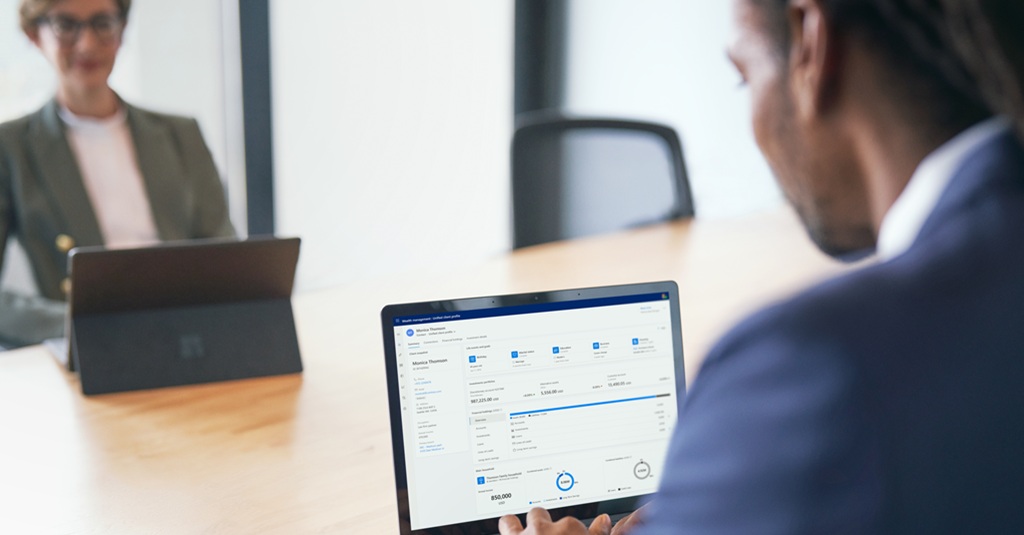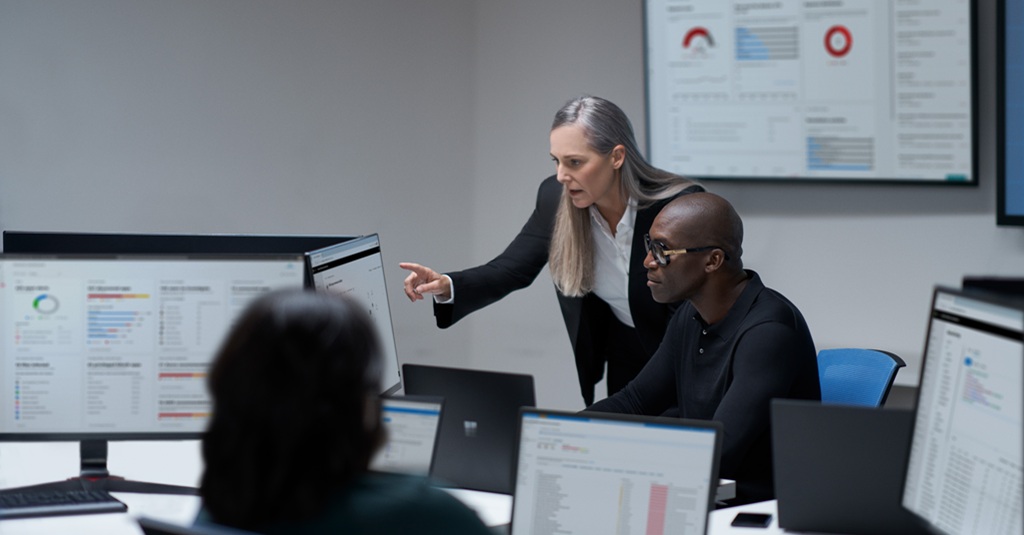Check out these top stories for the latest news of the week for Microsoft partners in the Americas.
We recently released Microsoft 2021 Environmental Sustainability Report, which focuses on our commitments and progress toward becoming a carbon negative, water positive, zero waste company by 2030 and our work toward protecting ecosystems.
While many important things vie for our attention currently, it is critical that we continually retain our focus on the urgent goal of reducing carbon consumption to net zero.
The report highlights that in fiscal year 2021 and 2022, Microsoft successfully contracted to remove 2.5 million metric tons of CO2, meeting our cumulative two-year goal. We also invested in replenishment projects expect to generate more than1.3 million cubic meters of volumetric benefits and diverted 15.2K metric tons of waste from landfills in 2021. In addition to protecting more than 17,000 acres of critical ecosystem, our Planetary Computer, released to private preview in April 2021, now has over 500 active users.
While business revenue grew 20 percent, we’ve continued to decrease Scope 1 and 2 operational emissions –which include direct emissions and indirect emissions from purchased energy – by 17 percent. However, the increased use of our devices and cloud services has led to an increase in scope 3 emissions, which reflect our entire value chain and are the most difficult to control and reduce.
“Nonetheless,” said Brad Smith, Microsoft President and Vice Chair, and Dr. Lucas Joppa, Microsoft Chief Environmental Officer in the report’s forward, “the challenge remains: we must continuously improve on our efforts to decouple our emissions from our growth until we reach our carbon negative commitment in 2030.”
This is a necessarily collective effort. Net zero is becoming the new normal and Microsoft stands ready to support partners, customers, and the world by sharing our learnings and best practices for moving toward an environmentally sustainable future. We’re also committed to leveraging technology to help organizations of all kinds digitally transform with sustainability in mind.
Read the entire Microsoft 2021 Environmental Sustainability Report
Getting to net zero together: 7 best practices for sustainable transformation
As we have evolved the way we work across the company to become better environmental stewards, we have landed on key learnings that provide not only transparency into how we set strategy and accountability and measure progress, but a guide to help other organizations get started. These 7 best practices for sustainability are drawn from the report.
- Set ambitions based on the science
When the best available science and policy showed that the world needs to reach net zero by or before 2050, we updated our goals to align with these new requirements. Stay informed, evaluate your sustainability commitments, and adjust your goals to ensure alignment.
- Scale strategy by using the “whole of the business”
What are your areas of influence beyond your organization? Think about the different roles you play and where your sustainability initiatives can be extended to create a larger influence with research, investments, strategic partnerships, and advocacy.
- Set the tone from the top
Sustainability has evolved from a corporate social responsibility function to a critical element company wide. However, to become mainstream in every business group, sustainability must be an authentic brand commitment. Invest in making sustainability a part of your culture, nurturing buy-in from leadership, and setting the tone that sustainability is a core value of your business.
- Make commitments relevant to business groups
Embed your sustainability commitments on a business group level. For us, that looked like creating a specific roadmap for each business group to reach commitments for each focus area (carbon, water, waste, and ecosystems). What are your core areas and how can each business group support them?
- Hold everyone accountable
Governance and accountability are critical to ensuring alignment and prioritization across your business. Setting measurements and using scorecards for each business group’s sustainability commitments. Track in real time and review at least twice a year. Consider establishing a Climate Council with executive representatives from each business group to drive collaboration and progress.
- Take steps to accelerate markets, ecosystems, and global progress
To meet net zero goals by 2050, we all need to leverage our entire sphere of influence. Beyond internal commitments, this external influence may look like deploying capital, supporting innovation, and advocating for larger policy change. How can your organization leverage relationships, expertise, and funding to accelerate the impact of this work?
- Report on everything, not just progress
Transparency is critical. Share your successes and support others outside your organization to achieve similar results; likewise, share when things don’t go as well, so we can learn and grow together.
We believe that for Microsoft to do well, we need the world to do well. This perspective is not exclusive to Microsoft – it’s a reality we all live into together. By drawing on the seven best practices above, you can not only strengthen your own internal organizational commitments but extend your impact more effectively to your sphere of influence and beyond.
How partners can help: The powerful role of partners in empowering organizations toward sustainability
As organizations across industries embrace the importance of sustainability, we see that the appetite for sustainable solutions is certainly there. According to a Forrester report, the number of firms committing to The Climate Pledge will triple this year. Compelled to embrace the operational efficiencies, process redesign, and new business models necessary for success in the decarbonized economy, they will make significant investments in sustainability-empowering solutions.
As with all of our efforts, partners play a key role in supporting customers toward sustainability. To align our ecosystem around these tightly related sustainability goals and customer needs, Microsoft has invested heavily in technology and partner programs, such as the #Buildfor2030 Initiative and Microsoft Cloud for Sustainability.
The #Buildfor2030 Initiative provides a roadmap to help partners apply your skills and expertise to bring impact-focused solutions to market across areas aligned to five of the UN’s Sustainable Development Goals. The Climate action & sustainability goal aligns with our overall efforts to empower a more sustainable ecosystem. Partners can expand upon Microsoft technology to build new solutions to help customers and industries across the globe transition to a net-zero carbon future.
For example, #Buildfor2030 Hackathon award winner, Exakis Nelite, empowered organizations’ employees to grow their awareness of the environmental impact of daily digital actions with their Sustainable Way of Working solution for Microsoft Teams.
Microsoft Cloud for Sustainability provides a robust launchpad for partner innovation around environmental sustainability. Microsoft Cloud for Sustainability draws on the depth and breadth of the entire Microsoft cloud, to help companies take control of their environmental initiatives with a set of comprehensive, integrated, and automated insights throughout each stage of their sustainability journey.
As customers across industries look to partners to guide them through this urgent process, there is a significant opportunity for you to expand your solution or service offering. Consider making sustainability a part of your cloud practice today, so we can all look forward to a healthier tomorrow.
Learn more
- Read the full 2021 Environmental Sustainability Report
- Learn more about the Microsoft #Buildfor2030 Initiative
- Learn more about Microsoft Cloud for Sustainability



















